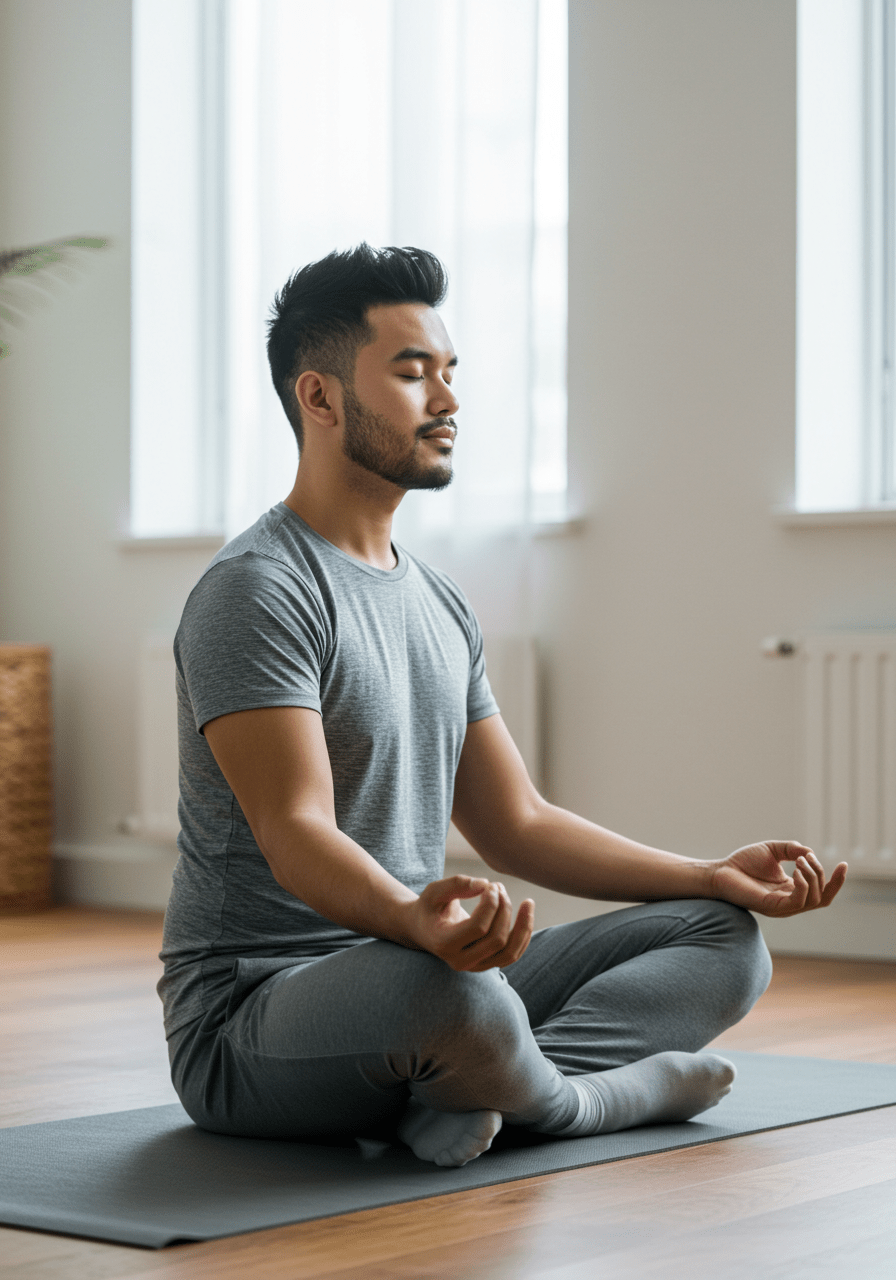1. Introduction
In today’s fast-paced and stressful world, understanding how to calm your nervous system naturally is essential for maintaining mental health and emotional balance. Breathwork for beginners provides a simple, effective, and accessible approach to achieving deep relaxation, reducing anxiety, and enhancing overall well-being. This comprehensive guide explores proven breathing techniques that anyone can incorporate into their daily routine to foster a calmer nervous system and lead a more harmonious life. Whether you’re new to mindfulness practices or seeking new ways to manage stress, mastering natural ways to balance neurotransmitter levels can be a game-changer.
2. What Is Breathwork and Why Is It Important?
Breathwork encompasses various conscious breathing practices aimed at regulating emotional, mental, and physical states. For beginners, understanding the importance of how to calm your nervous system naturally through breathwork is fundamental to achieving balance. Proper breathing activates the parasympathetic nervous system—often called the rest-and-digest system—while calming the sympathetic nervous system, which triggers fight-or-flight responses. By learning effective techniques like yoga retreats in California, you can unlock the power of breath to promote sustained relaxation and emotional resilience.

3. Benefits of Breathwork for Nervous System Regulation
- Reduces Stress and Anxiety: Incorporating breathwork can stimulate the vagus nerve, resulting in a relaxation response that significantly lowers feelings of anxiety and stress. Discover how boosting your serotonin and dopamine levels naturally complements this process to elevate your mood effectively.
- Enhances Mental Clarity and Focus: Controlled breathing increases oxygen delivery to the brain, sharpening your concentration and mental clarity. For those seeking mental balance, exploring affordable yoga retreats can deepen this focus.
- Improves Sleep Quality: Regular practice of breathwork techniques helps regulate sleep patterns by calming the nervous system, making it easier to attain restful sleep—an essential component of mental health.
- Promotes Emotional Resilience: Learning to control your breath enables better management of emotional responses, supporting emotional healing and stability, which can be complemented by participating in mental health retreats.
4. Simple Breathwork Techniques for Beginners
If you’re just starting out, these foundational breathwork techniques are excellent for calming your nervous system and building a sustainable practice:
Diaphragmatic Breathing (Belly Breathing)
This method emphasizes deep breathing into your diaphragm, activating the parasympathetic nervous system. Sit comfortably or lie down, place your hands on your belly, and inhale slowly through your nose, feeling your abdomen expand. Exhale gently, feeling your belly fall. Practice this for 5-10 minutes daily to establish a calming routine. To enhance your practice, consider using a red light therapy device to support relaxation and recovery.

Box Breathing (Square Breathing)
This technique involves inhaling, holding, exhaling, and holding again, each for a count of four. It’s especially effective for nervous system regulation. Inhale for 4 seconds, hold your breath for 4 seconds, exhale slowly for 4 seconds, then pause for another 4 seconds before repeating. For added comfort, try High-performance yoga leggings like DKNY Women’s Sport Tummy Control Yoga Leggings.
Alternate Nostril Breathing
This practice balances the dual hemispheres of your brain, fostering emotional harmony. Close your right nostril with your thumb, inhale through the left, then close the left nostril and exhale through the right. Continue alternately for several minutes to promote yoga retreats in Hawaii that deepen your connection with breathing techniques.
5. Creating a Breathwork Practice Space
Designing a peaceful environment dedicated to your breathwork practice enhances mindfulness and relaxation. Choose a quiet, clutter-free space with soft lighting and comfortable seating, such as a dedicated corner or a cozy room. To inspire tranquility, explore luxurious retreat options like luxury retreats in 2025.

6. Incorporating Breathwork Into Daily Life
Consistency is key to experiencing the benefits of breathwork. Dedicate 5-10 minutes daily or during stressful moments to practice breath control techniques. Integrate these exercises into your morning routine or before bed to help reset your nervous system. For additional guidance, consider using popular apps dedicated to guided breathwork meditation.
7. Precautions and Tips for a Safe Practice
- Start Slow: If you have respiratory or anxiety issues, ease into breathwork gradually to prevent dizziness or discomfort.
- Avoid Over-breathing: Don’t force the breath—stop if you experience any discomfort or lightheadedness.
- Consult a Healthcare Professional: For chronic conditions or concerns, seek medical advice before beginning any new breathing practice.
8. Frequently Asked Questions About Breathwork for Beginners
Can anyone practice breathwork if they are a beginner?
Yes, most individuals can safely incorporate breathwork into their routines. Starting slowly and paying attention to your body’s signals is essential. For enhanced guidance, exploring wellness retreats or mental health retreats can provide comprehensive support.
How long should a beginner practice breathwork daily?
Beginning with 5-10 minutes per day is sufficient. As comfort and familiarity grow, gradually increase to 15–20 minutes for more profound effects. Incorporating breath exercises into your routine supports long-term natural mood enhancement.
Is breathwork effective for stress relief and calming the nervous system?
Absolutely. Breathwork is a scientifically supported tool for activating the parasympathetic nervous system, which induces a relaxation response and helps calm your nervous system naturally. Regular practice can lead to sustained reductions in stress and anxiety levels.
9. Final Thoughts on Breathwork for Beginners
Mastering how to calm your nervous system naturally through simple, mindful breathing techniques empowers you to manage stress effectively, improve mental clarity, and foster emotional stability. For those interested in a comprehensive approach to mental health, consider exploring immersive mental health retreats in 2025. Remember, consistency and patience are your allies as you incorporate breathwork into your daily routine. Over time, you’ll find greater peace and resilience in everyday life.



11 thoughts on “Breathwork for Beginners: Calm Your Nervous System Naturally”